Narcolepsy is a sleep disorder caused by a malfunction of the neurological system. It produces irregular sleep, which can have a negative impact on a person’s quality of life.
Narcolepsy is a chronic sleep disorder that affects a small percentage of the population. Experts believe that one out of every 2,000 persons is affected.
Narcolepsy symptoms generally appear between the ages of 10 and 25, although the illness is frequently misunderstood and not detected straight away.
Daytime sleepiness and “sleep episodes” or strong impulses to fall asleep are common symptoms of narcolepsy, and poor disrupted sleep at night.
Cataplexy is an unexpected and brief loss of muscular control that occurs in the majority of instances. This can be misinterpreted as seizure activity in youngsters.
Although narcolepsy is not a fatal condition in and of itself, it can cause accidents, injuries and even life-threatening circumstances.
Due to the episodes of extreme daytime drowsiness, persons with narcolepsy may have trouble keeping employment, functioning well in school and sustaining relationships.
There are treatments available to help in the management of the disease.
Read: Central Sleep Apnea
Types of narcolepsy
There seem to be two types of narcolepsy:
- The most prevalent is Type 1. Cataplexy, or abrupt loss of muscular tone, is one of the symptoms. Due to low amounts of a protein called hypocretin, people with this kind suffer periods of severe drowsiness and cataplexy during the day. (Orexin is another name for hippocretin).
- Type 2 narcolepsy is characterized by the absence of cataplexy. Hypocretin levels in patients with type 2 narcolepsy are usually normal.
What are the symptoms of narcolepsy?
Narcolepsy symptoms might vary in frequency and intensity. The following are some of the most prevalent symptoms.
Significant daytime sleepiness
Excessive daytime sleepiness (EDS) is a symptom of narcolepsy in which you have an overwhelming desire to sleep during the day. It’s tough to operate normally during the day when you have EDS.
Cataplexy
An abrupt, transient decrease of muscular tone is known as cataplexy. It might vary from drooping eyelids to complete bodily collapse (partial cataplexy).
Cataplexy can be triggered by laughing or strong emotions like excitement or terror. The frequency with which it happens varies from person to person. It might happen frequently during the day or only once a year.
Cataplexy might arise later in the course of an illness or go undetected if you use medicines that reduce it, such as antidepressants.
Read: Periodic Limb Movement Disorder
Badly managed rapid eye movement (REM) sleep
The sleep period during which you have vivid dreams and lose muscular tone is known as REM sleep. It generally begins 90 minutes after you have fallen asleep. For persons with narcolepsy, REM sleep can occur at any time of day, usually within 15 minutes after falling asleep.
Sleep paralysis
The inability to move or talk when falling asleep, sleeping or awakening is known as sleep paralysis. Episodes might run anything from a few seconds to a few minutes.
Sleep paralysis is a type of paralysis that occurs during REM sleep. However, it does not affect eye movements or breathing abilities.
Hallucinations
Narcolepsy patients may have vivid hallucinations in addition to sleep paralysis. Hallucinations are most common while you are falling asleep or waking up.
Read: Auditory Hallucinations
Fragmented sleep
People with narcolepsy may have trouble falling asleep at night, despite being excessively drowsy during the day.
Automatic behaviors
When a person with narcolepsy falls asleep while doing anything like eating or driving, they may keep doing that activity for a few minutes or even seconds without recognizing it.
Other sleep disorders can be linked to narcolepsy, including:
Treatment for narcolepsy
Narcolepsy is a long-term sleep disorder. Narcolepsy treatments can help you reduce your symptoms even if there is currently no cure.
Medications, lifestyle changes and avoiding risky activities can all help with this condition’s management.
Doctors can treat narcolepsy with a variety of medicines, including:
- Stimulants: Armodafinil (Nuvigil), modafinil (Provigil), and methylphenidate (Ritalin) are among them. They could help you stay awake. Nausea, headaches and anxiety are some of the most prevalent adverse effects.
- Serotonin-norepinephrine reuptake inhibitors (SNRIs): Cataplexy, hallucinations and sleep paralysis can all be treated with SNRIs like venlafaxine (Effexor). Digestion issues, sleeplessness and weight gain are all possible side effects.
- Selective serotonin reuptake inhibitors (SSRIs): SSRIs like fluoxetine (Prozac) can also help you sleep better and feel better. However, lightheadedness and dry mouth are frequent adverse effects.
- Tricyclic antidepressants: Amitriptyline and nortriptyline are two examples. They have the potential to decrease cataplexy, sleep paralysis and hallucinations. Constipation, dry mouth and urine retention are all possible adverse effects of these older medicines.
- Sodium oxybate (Xyrem): The Food and Drug Administration (FDA) has authorized Xyrem as the only therapy for cataplexy and excessive daytime drowsiness. However, like with any medicine, there are benefits and drawbacks to discuss with your doctor. Nausea, sadness and dehydration are all possible side effects.
- Pitolisant (Wakix): Wakix reduces daytime drowsiness by releasing histamines in the brain. It was just authorized by the FDA to treat narcolepsy. Headaches, nausea, anxiety and sleeplessness are all possible side effects.
Read: Chronic Insomnia Disorder
What are the causes of narcolepsy?
The actual narcolepsy cause is unclear. However, most patients with type 1 narcolepsy (narcolepsy with cataplexy) have low levels of hypocretin, a brain protein. Hypocretin regulates your sleep-wake cycles, among other things.
Low hypocretin levels are thought to be caused by a variety of reasons, according to scientists. Hypocretin levels are caused by a gene mutation that has been discovered. Narcolepsy is thought to be caused by a genetic deficit, as well as an immune system that assaults healthy cells.
Other variables including stress, toxicity exposure and illness may also play a role.
The following are some of the risk factors for narcolepsy:
- History of the family: You’re 20 to 40 times more likely to develop narcolepsy if you have a family member who does.
- Age: Narcolepsy is more commonly diagnosed in people between the ages of 10 and 30. Narcolepsy, on the other hand, is frequently misdiagnosed or underdiagnosed.
How is narcolepsy diagnosed?
Consult your doctor if you’re experiencing extreme daytime drowsiness or any of the other narcolepsy symptoms.
Many types of sleep problems cause daytime drowsiness. Your doctor will do a physical examination and ask you questions about your medical history. They’ll watch for bouts of a sudden loss of muscle tone and severe daily sleepiness.
To verify and confirm their diagnosis, your doctor will most likely conduct a sleep study as well as numerous other tests.
The following are some of the most typical sleep assessments that your doctor may order:
- You must spend the night at a medical institution for polysomnogram (PSG) testing. While you sleep, clinicians will monitor your brain function, heart rate and rhythm, muscle movement, eye movement and respiration using electrodes.
- Your doctor will request a complete sleep history from you, which may include the Epworth Sleepiness Scale (ESS). The ESS is a straightforward questionnaire. It asks you how likely you are to sleep in certain situations.
- Your doctor may request that you keep a comprehensive sleep diary for about a week. This sleep diary will assist your doctor in determining the link between your alertness and your sleeping patterns.
- An ActiGraph or other personal monitoring device can record how and when you fall asleep. This gadget is worn on the wrist and can be used in conjunction with a sleep diary.
- The multiple sleep latency test (MSLT) evaluates how long it takes you to fall asleep and how soon you reach REM sleep during the day. This test is frequently performed the day following a PSG. You’ll need to take four to five two-hour naps during the day.
- To evaluate your hypocretin levels, your doctor may perform a spinal tap, also known as a lumbar puncture, to collect cerebrospinal fluid (CSF). In patients with type 1 narcolepsy, hypocretin levels in the CSF are predicted to below. A tiny needle will be inserted between two lumbar vertebrae for this examination. However, diagnosing narcolepsy is not routinely done in clinical practice.
Read: How Pandemic COVID-19 Affects Our Dreams
Narcolepsy complications
The following are some of the narcolepsy-related complications:
- Depression and anxiety are common in people with narcolepsy, although it’s unclear if these are symptoms of the disorder or the result of its symptoms impacting their quality of life.
- Your social life may be harmed as a result of extreme drowsiness and cataplexy. You could find it difficult to stay awake at social events, or you might lose control of your muscles when laughing.
- Many persons with narcolepsy are overweight, maybe as a result of reduced activity levels or a slower metabolism. Adults with narcolepsy often weigh 15 to 20% more than the normal population.
- According to research, persons with narcolepsy are more likely to commit suicide.
Work together with your healthcare provider to resolve any symptoms or treatment side effects that you are concerned about to avoid these problems.
Read: Hypersomnolence Disorder
Lifestyle considerations
Here are some things you can do to make narcolepsy simpler and safer to live with:
- If you do fall asleep at school or work, inform your teachers and superiors about your situation.
- You should be advised that some narcolepsy treatments may lead you to test positive for stimulants on a drug test for employment. To avoid misunderstandings, speak with your employer ahead of time.
- During the day, eat light or vegetarian meals. Before crucial activities, avoid eating a large lunch.
- After each meal, take a 10- to 15-minute nap.
- Naps should be scheduled throughout the day. This may help you prevent sleepiness during the day.
- Nicotine and alcohol should be avoided. They have the potential to exacerbate symptoms.
- Exercise regularly. This can help you get a better night’s sleep, stay awake during the day and lose weight.
- People with narcolepsy may have their driving rights restricted in several states. Make sure to verify with your local motor vehicle department. They can assist you in avoiding putting anyone else or yourself at risk.
Read: Stimulant Use Disorder
Outlook
Narcolepsy is a difficult condition to live with. Excessive drowsiness may be distressing, and it’s easy to hurt yourself or others while experiencing one.
However, you can effectively control the situation. You can maintain your health by getting the right diagnosis, working with your doctor to discover the best therapy for you and following the above guidelines.
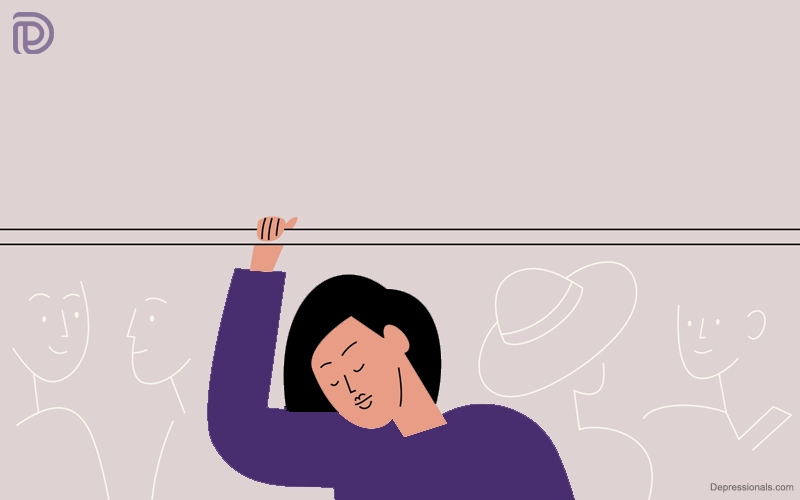
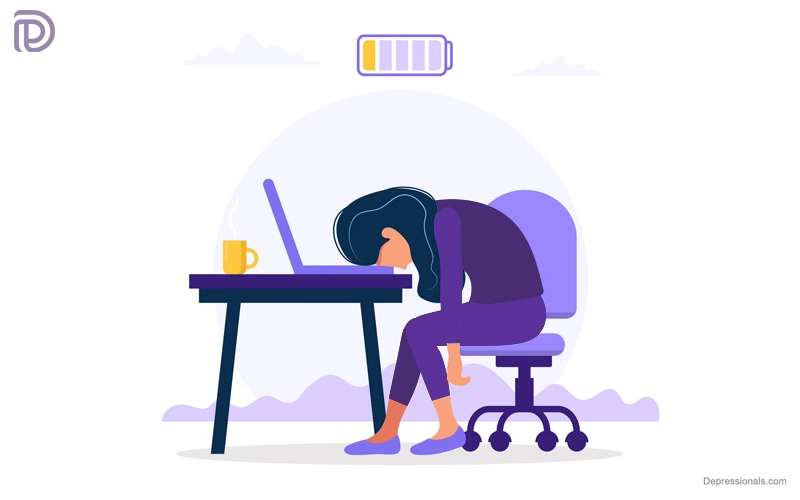
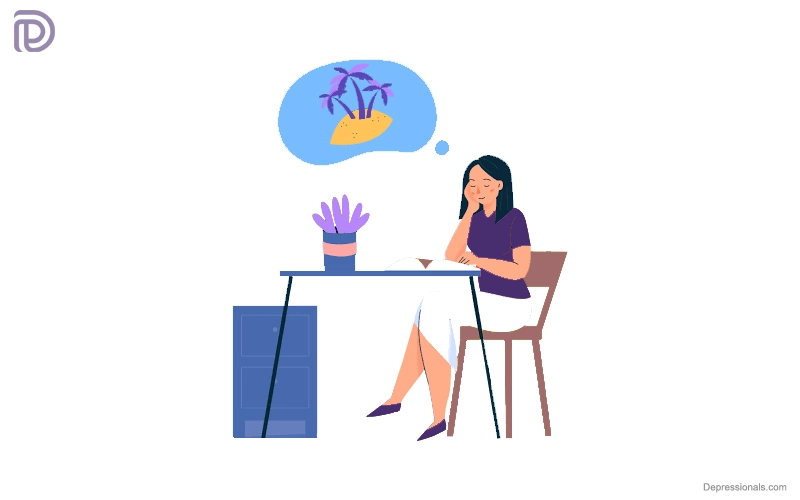
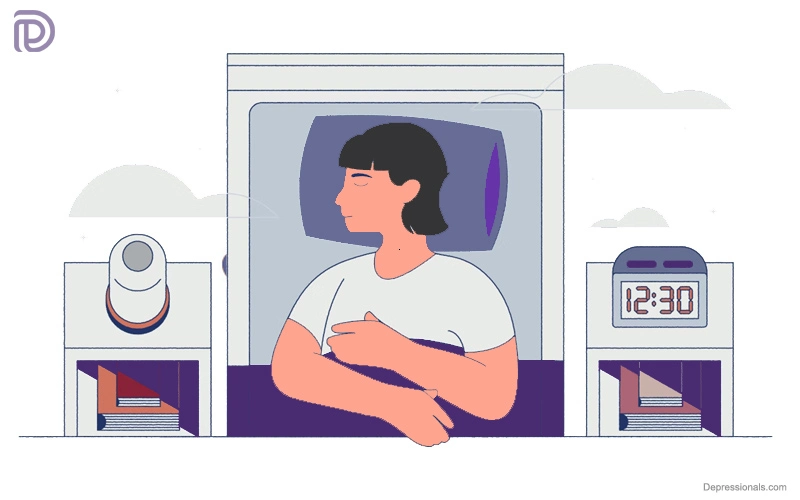
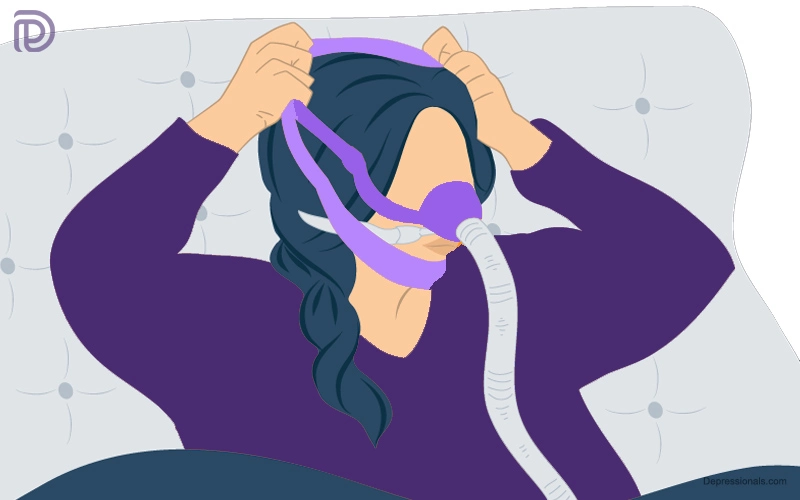

Ahaa, its nice conversation regarding this piece oof writing here at this weblog, I have read all that, soo now me also commenting here.
Undeniably believe that which you stated. Your favorite justification seemed to be on the web the simplest thing to be aware of. I say to you, I certainly get annoyed while people think about worries that they plainly do not know about. You managed to hit the nail upon the top and defined out the whole thing without having side-effects , people could take a signal. Will probably be back to get more. Thanks
I am so happy to read this. This is the type of manual that needs to be given and not the random misinformation that is at the other blogs. Appreciate your sharing this best doc.